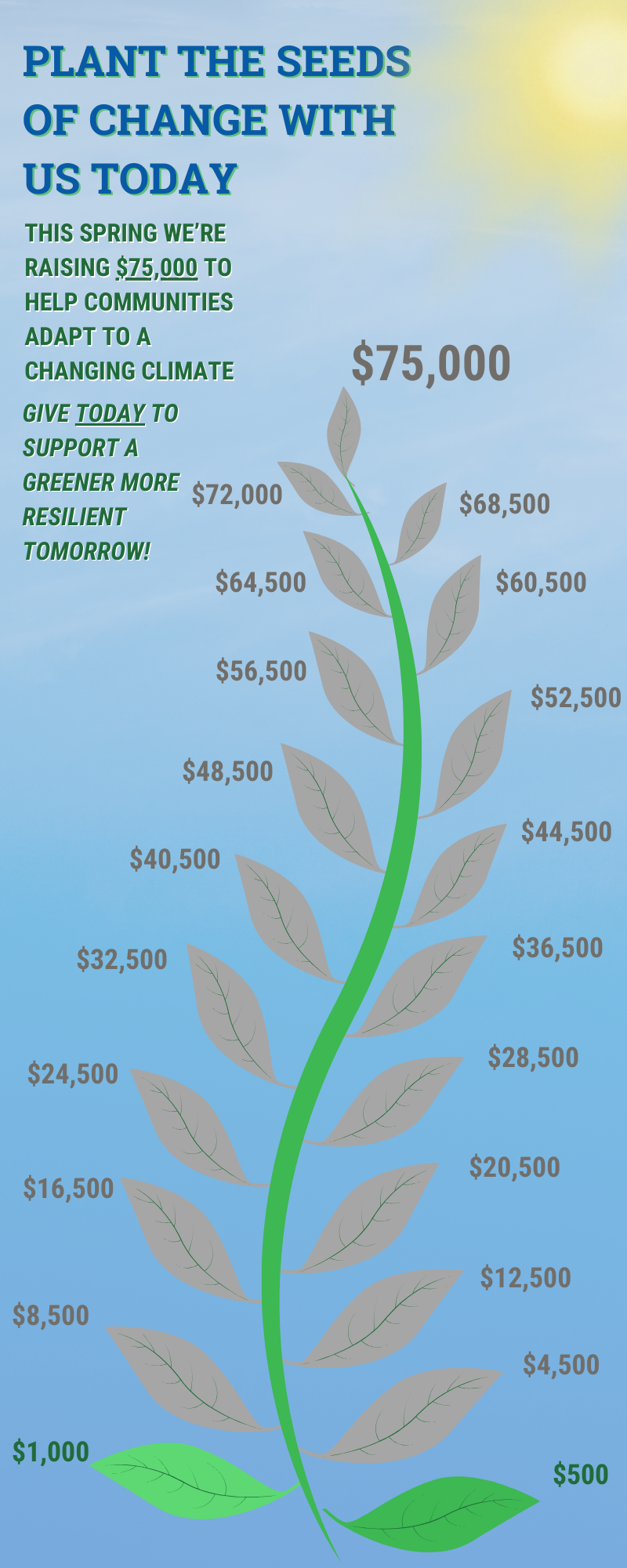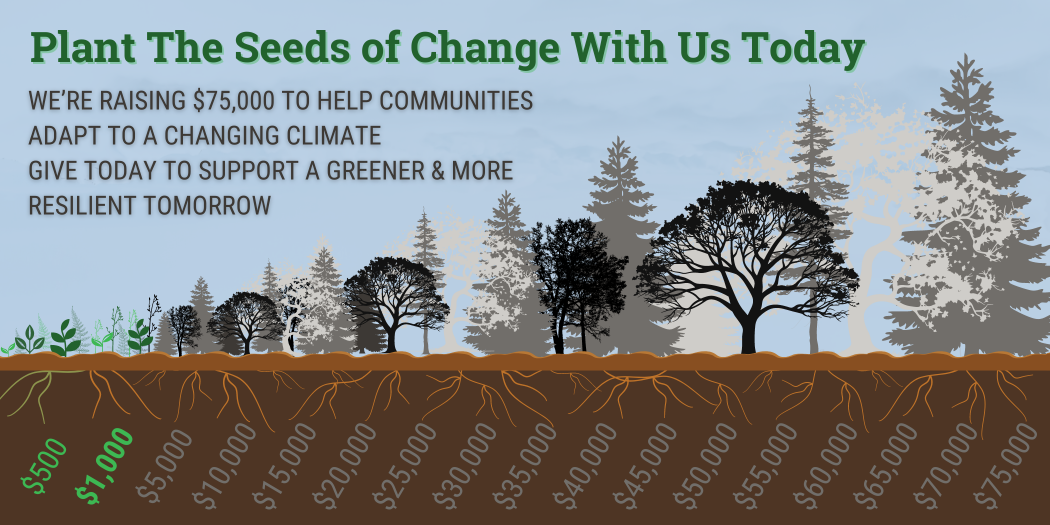Engineering Climate Resilience
As climate change continues to create complex challenges, we’re answering the call from communities across the globe to find innovative answers to today’s challenges and build resilient communities of tomorrow.
We’re more powerful through partnership, and we need you to help build our shared future.
Give to Climate ResilienceChallenges in Climate Equity
The negative environmental impacts of industrialization and climate change are most acutely felt in marginalized and underserved communities globally and in the United States. The best and most immediate way to address these disparities is to create climate-resilient infrastructure in the communities that are most impacted by climate change.
We’re more powerful when we work in partnership, and as we answer the call from communities to address these challenges, we need your support.
Despite having some of the lowest carbon emissions and contributing the least to climate change, many of the world’s least wealthy countries are the most vulnerable to the impacts of climate change. We’ve interviewed members of our partner communities around the world to learn what they’re experiencing and what these changes mean for them:
-

Unpredictability
Weather patterns are becoming increasingly erratic, creating unpredictability in the communities we work with. For those dependent on agriculture, this means constant uncertainty and struggling to plan and harvest crops, resulting in hunger and economic hardship.
-
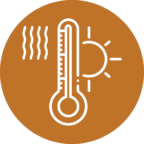
Hotter and Drier
As temperatures soar and climates become more arid, our partner communities face rapidly depleting water sources for drinking and farming. This dire situation jeopardizes health, sanitation, and food security.
-

Vulnerable to Disaster
Extreme weather events like hurricanes, tornadoes, floods, and wildfires are becoming more frequent, more powerful, and more devastating, causing vulnerability to disaster to soar. From contaminated water to shattered infrastructure, the consequences threaten lives and livelihoods.
For centuries, development and discriminatory policies like redlining have marginalized communities of color and low-income Americans. Zoning laws, infrastructure neglect, and hazardous waste ignorance compound their plight. These communities endure disproportionate health risks and lack access to essentials like clean water and fresh food. It's a cycle of injustice demanding urgent attention.
-
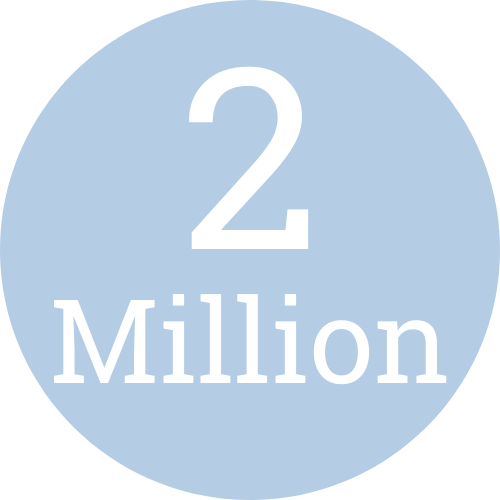
People Lack Access to Water and Sanitation
Access to clean water and sanitation is often something we take for granted. However, even in the United States, over 2 million people lack access to these basic necessities.
-
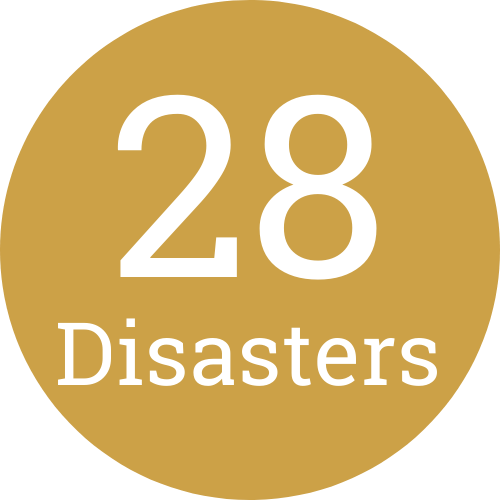
Causing over 1 Billion Dollars in Damages Each
2023 was the most expensive year on record for the US disaster damages. As severe weather events become more frequent, this trend is likely to continue. Under-resourced communities are often the most vulnerable to such disasters.
-

Americans Lack Access to Green Spaces
As pollution and climate change continue to reduce air quality and raise temperatures, green spaces are a crucial protection against the urban heat island effect. Green spaces are also important for holistic health outcomes including exercise and community gathering.
Approach and Solutions
Our projects have the ability to radically change lives for the better. Because of that, we are strongly committed to ensuring that each and every EWB-USA project lasts and serves its purpose for generations to come. We build projects today that will be resilient to the climate of tomorrow. As we continue to develop and refine our approach, we rely on the following four guiding pillars:
-

Research
We use robust data to model the changing climate patterns in communities we work with including changes to rainfall patterns, desertification, and sea level rise. -

Community
We work with community members to co-design projects and solutions to meet the community’s needs. We take the time to listen to the community to understand how their climate is changing and ensure our projects will have their intended impact. -

Adaptive Solutions
Utilizing climate modeling and input from the communities, we create adaptive solutions that are designed not just for today, but for resilience to their future climate. -

Training and Education
We develop community-centered training to ensure communities are well-positioned to understand their climate-related risks and maintain the project after completion.

